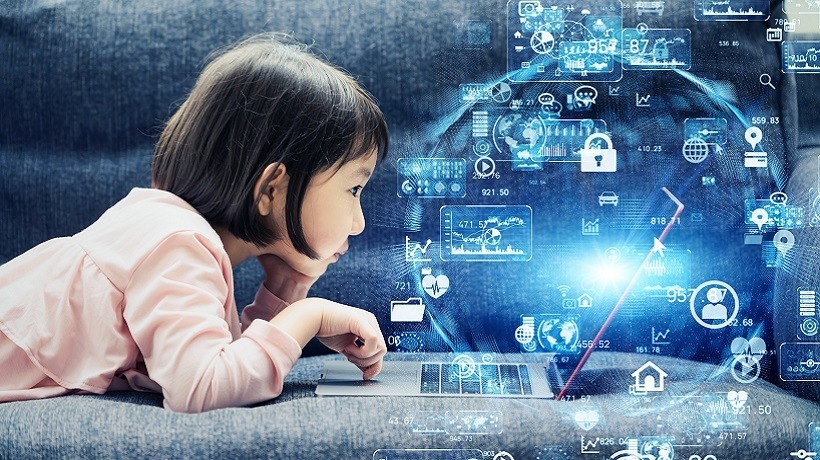Technology Influence the Education System

Technology has a profound impact on the education system, transforming teaching and learning processes, enhancing access to educational resources, and fostering personalized, interactive learning experiences. Here are several ways in which technology influences the education system:
-
Access to Information and Learning Resources:
- Technology provides students and educators with access to a wealth of educational content, resources, and digital libraries, regardless of geographic location or socioeconomic status.
- Online databases, e-books, open educational resources (OER), and educational websites offer a wide range of educational materials, textbooks, videos, simulations, and interactive learning tools.
-
Digital Learning Platforms and Learning Management Systems (LMS):
- Learning management systems (LMS) and digital learning platforms facilitate the delivery, management, and organization of educational content, assignments, and assessments in online and blended learning environments.
- LMS platforms, such as Moodle, Canvas, and Blackboard, offer features for course management, content creation, student engagement, and collaboration, enabling flexible and interactive learning experiences.
-
Blended Learning and Flipped Classroom Models:
- Technology enables blended learning approaches that combine traditional face-to-face instruction with online learning activities, allowing for greater flexibility, personalization, and student-centered learning.
- Flipped classroom models invert the traditional classroom structure by delivering instructional content online outside of class, while class time is devoted to interactive activities, discussions, and hands-on learning experiences facilitated by technology.
-
Personalized Learning and Adaptive Technologies:
- Adaptive learning technologies use algorithms and data analytics to personalize instruction, adapt to individual learning needs, and provide targeted feedback and support to students.
- Intelligent tutoring systems, adaptive assessments, and personalized learning platforms adjust the pace, content, and difficulty level of instruction based on students' progress, preferences, and learning styles.
-
Interactive and Immersive Learning Experiences:
- Technology-enhanced learning tools, such as educational games, simulations, virtual reality (VR), and augmented reality (AR) applications, offer immersive, interactive learning experiences that engage students and promote active learning.
- VR and AR technologies enable virtual field trips, experiential learning, and immersive simulations across various subjects, bringing abstract concepts to life and enhancing student understanding and retention.
-
Collaborative Learning and Communication:
- Digital communication tools, such as email, video conferencing, discussion forums, and collaborative platforms, facilitate communication and collaboration among students, educators, and experts regardless of location or time zone.
- Online collaboration tools enable group projects, peer feedback, and collaborative problem-solving, fostering teamwork, communication skills, and social interaction in virtual learning environments.
-
Data-Driven Decision Making and Learning Analytics:
- Learning analytics tools and educational data mining techniques analyze data from digital learning platforms, student assessments, and interactions to inform instructional design, identify learning patterns, and support data-driven decision-making in education.
- Educators use learning analytics insights to track student progress, assess learning outcomes, and tailor instruction to address individual learning needs and improve teaching effectiveness.
Overall, technology integration in education empowers educators, engages students, and enhances learning outcomes by providing access to educational resources, supporting personalized learning experiences, and fostering collaboration, creativity, and critical thinking skills in the digital age. Continued innovation and investment in educational technology are essential for harnessing the full potential of technology to advance teaching and learning in the 21st century.
Thank you,
